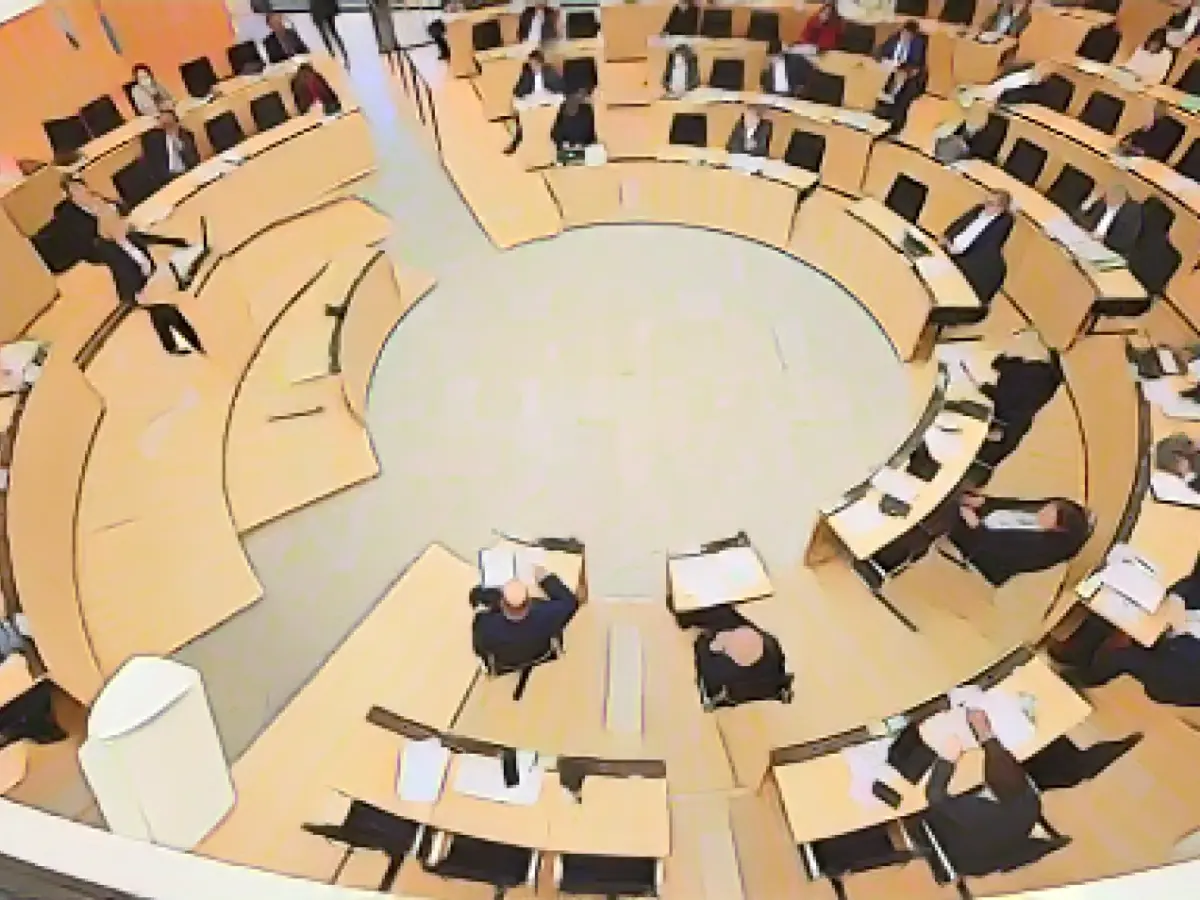Unthinkable Discovery Unveils British Hospital Technician's Despicable Acts
When law enforcement officers scoured David Fuller's home during an investigation, they stumbled upon a chilling discovery: hundreds of graphic photos depicting Fuller engaging in sexual activities with deceased women. Upon closer inspection, they recognized that these were the bodies that Fuller had dishonored at his workplace.
This shocking discovery came as a fortunate coincidence for the police. They had initially searched Fuller's home in relation to his DNA potentially connecting to two cold-case murders dating back over three decades. As they dug further, they unearthed a collection of 900,000 recordings. Fuller had meticulously documented his desecrations of the deceased, an abhorrent act spanning over 15 years.
Reprehensible Acts in Healthcare
A thorough investigation by a panel of experts has now shed light on the circumstances that permitted this heinous acts. The report, which clocks in at 308 pages, was released this week. The report condemns those responsible, stating, "The failure of management, administration, regulation, and process, along with a persistent lack of curiosity, contributed to the creation of an enabling environment for Fuller to carry out his abhorrent actions."
Between 2005 and 2020, Fuller engaged in at least 140 sexual incidents involving the bodies of 101 women and girls aged between 9 and 100 who had passed away. He meticulously documented the dates and times of his crimes. According to his own accounts, Fuller was unwaveringly prepared, often avoiding victims who had succumbed to infectious diseases such as COVID-19.
Unanswered Questions Remain
The report raises several questions regarding how the crimes could remain unnoticed for so long. Fuller somehow managed to enter the morgues on numerous occasions, allegedly as many as 444 times in one year. The criminal acts frequently occurred during the mortuary's regular operating hours, causing the report to question how he managed to pull off such feats without being detected.
It's Believable Only in a Nightmare
The fact that Fuller was finally apprehended was linked to two equally horrifying incidents. In 1987, two young women were raped and murdered in quick succession. It wasn't until their DNA was linked to Fuller decades later that the case was finally solved. This led to the discovery of Fuller's extensive archive of reprehensible acts.
For the families of the victims, this revelation offers little solace. One husband, whose wife was among the victims, expressed his grief, "It strips me of 25 years of cherished memories. Whenever I think of her, I am overcome with the thought of what Fuller did to her." He had chosen to keep this dark truth from the rest of his family.
Moving Towards a Safer Future
Despite the harrowing past, steps are being taken to prevent such incidents from ever occurring again. Plans include the installation of security cameras to monitor the mortuary and death room, and external work will only be carried out in the presence of responsible employees. Most of the 17 measures recommended in the report have already been executed.
The director of the health authority responsible for the hospital, Miles Scott, expressed regret, "The suffering of these victims and their families weighs heavily on us."
Enrichment Insights
The lack of regulation and oversight in the funeral sector played a significant role in allowing Fuller's crimes to go unnoticed for years. Reforming the regulatory framework, enhancing oversight, and improving accountability are all crucial in preventing similar incidents in the future.
The Fuller Inquiry, launched to examine these troubling events, is still ongoing, revealing the need for prompt and thorough investigations to prevent future abuses. Public awareness and education about the importance of regulated funeral practices can also help deter such activities.






